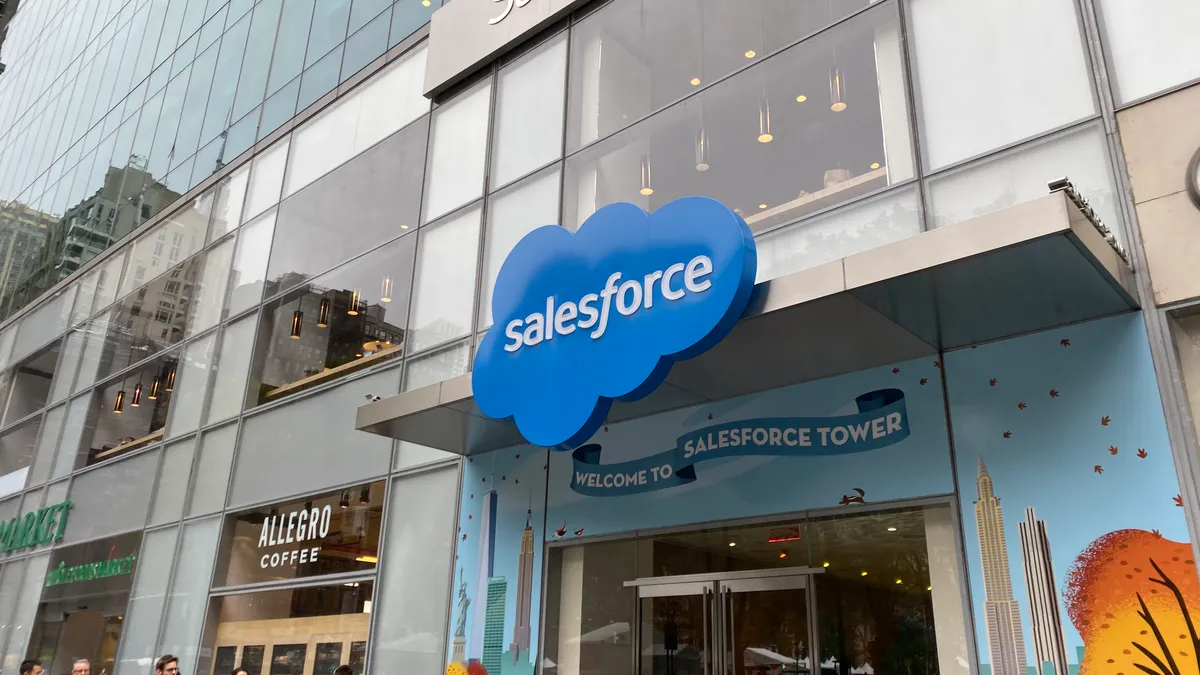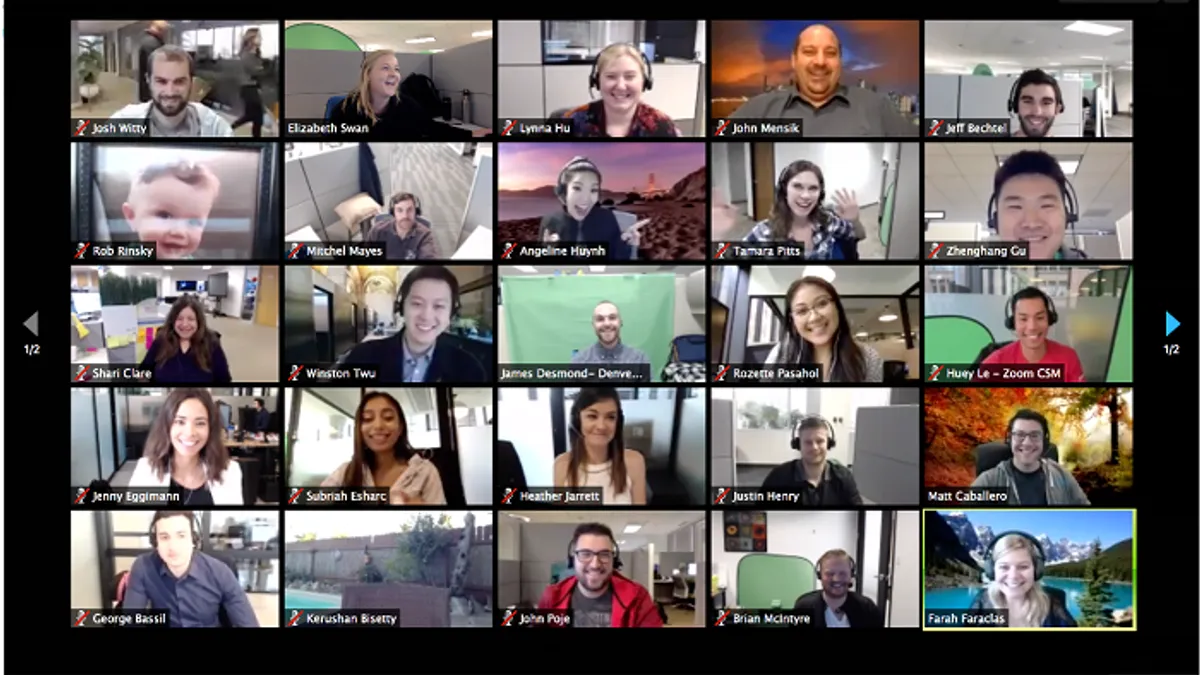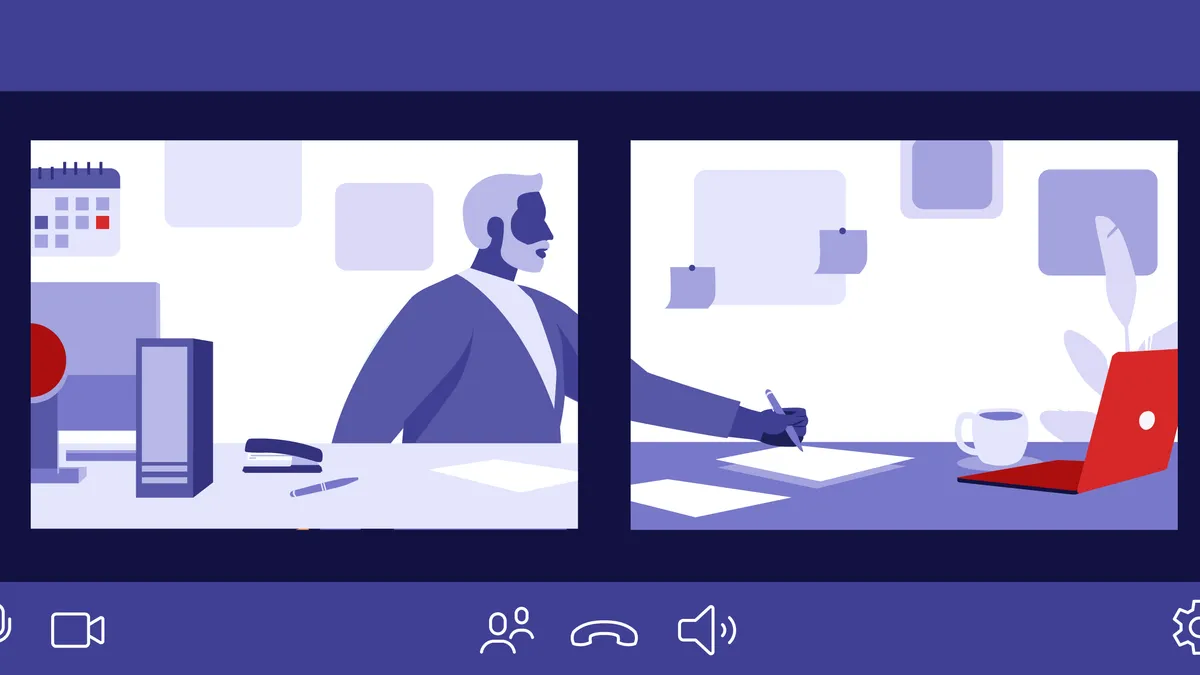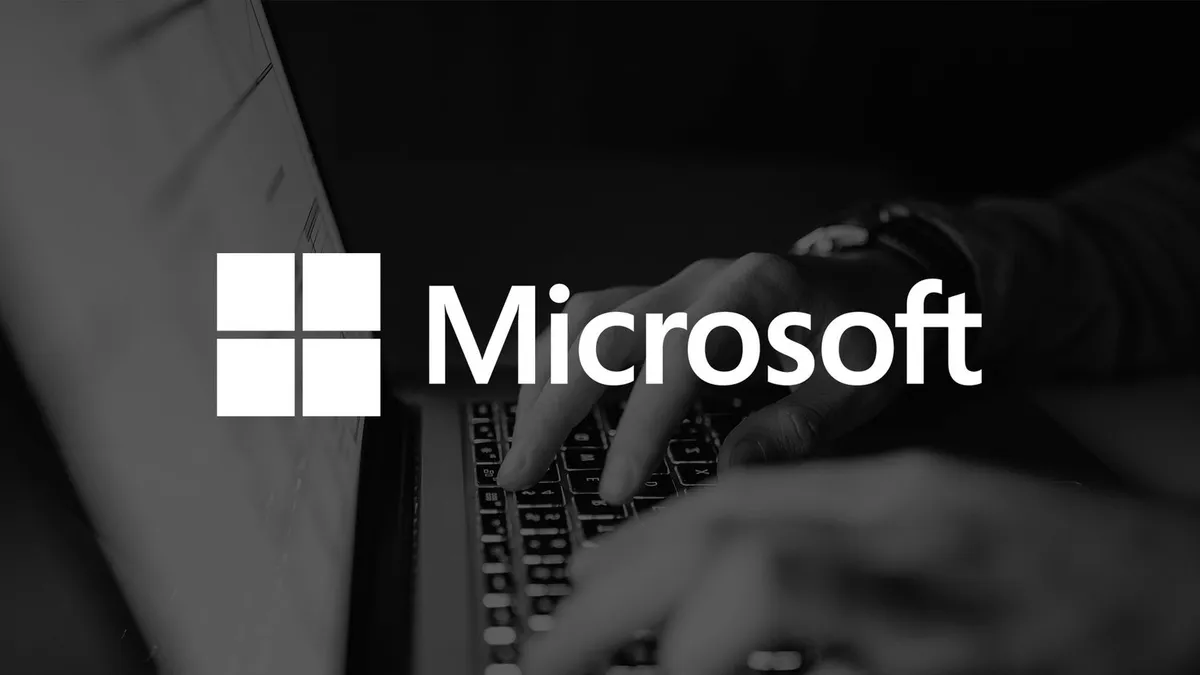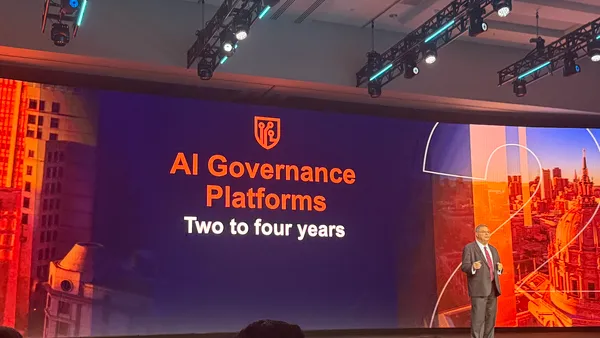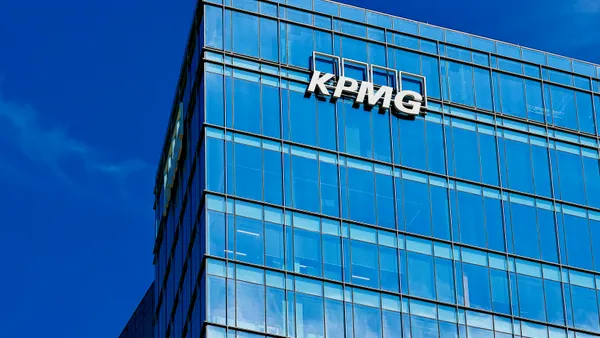Dive Brief:
- Salesforce's flexible model will allow most of its employees to be in the office just one to three days a week, the company announced Wednesday.
- "An immersive workspace is no longer limited to a desk in our Towers," said Brent Hyder, president and chief people officer at Salesforce, in the announcement. "The 9-to-5 workday is dead; and the employee experience is about more than ping-pong tables and snacks."
- But businesses thinking about making long-term operations shifts need technology that supports those changes. "The two areas where you're probably going to need to make the most investment on are the flex worker and the full-time remote workers," said Forrester analyst Andrew Hewitt.
Dive Insight:
Add Salesforce's announcement to the list of tech companies signaling that the pandemic made flexibility permanent.
Employees who don’t live near a Salesforce office, or those in roles that don't require an office, will work remotely full-time. A small subset of Salesforce employees will still work out of their offices between four and five days out of the week.
Twitter and Facebook made remote work a permanent component of their operating strategy. Dropbox announced it would opt for a virtual-first work model in October. Pinterest backed out of a planned San Francisco HQ to rethink its workforce approach.
A transition to a hybrid, or fully remote workforce, requires different applications of technology.
Desk-booking tools and visitor management software will be essential for a hybrid workforce that will now need to come in and out of the office, said Hewitt. Device management tools, such as a unified endpoint management platform, can let all workers access key company information regardless of their location.
Under an "anywhere" work model, "digital whiteboarding tools start to be more important" as hybrid, remote and in-office workers will need a unifying platform in order to collaborate, said Hewitt.
Digital whiteboards were around before the pandemic, but when co-location became an impossibility tools such as Miro saw usage rise, according to Okta's Businesses at Work 2021 report.
With more companies rethinking their work policies, leaders have learned they "can't just rely on video conferencing and file sharing," said Hewitt. "There's also a component of being in the office of drawing on whiteboards and collaborating together that a lot of employees and organizations frankly are missing out on right now."



